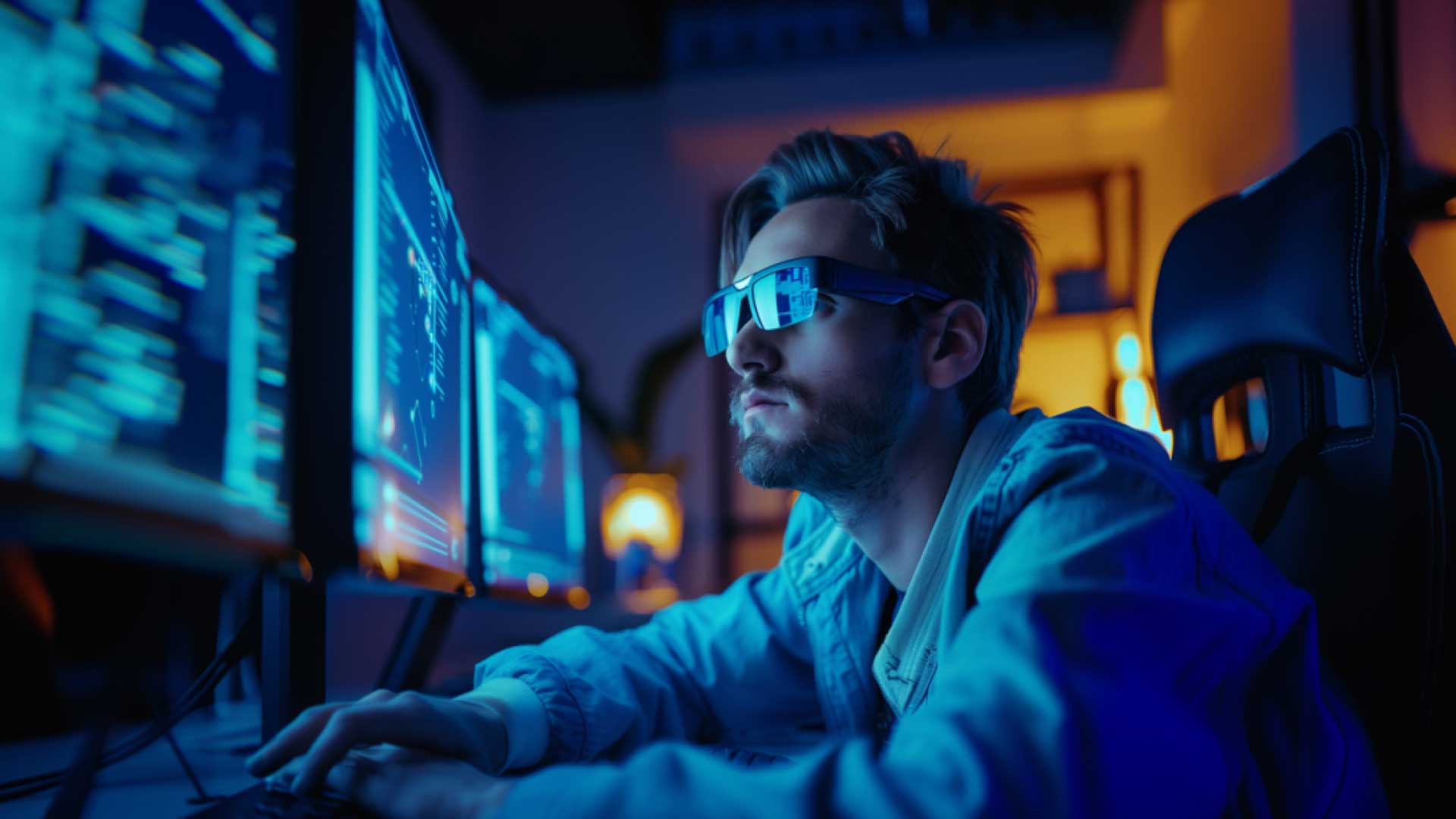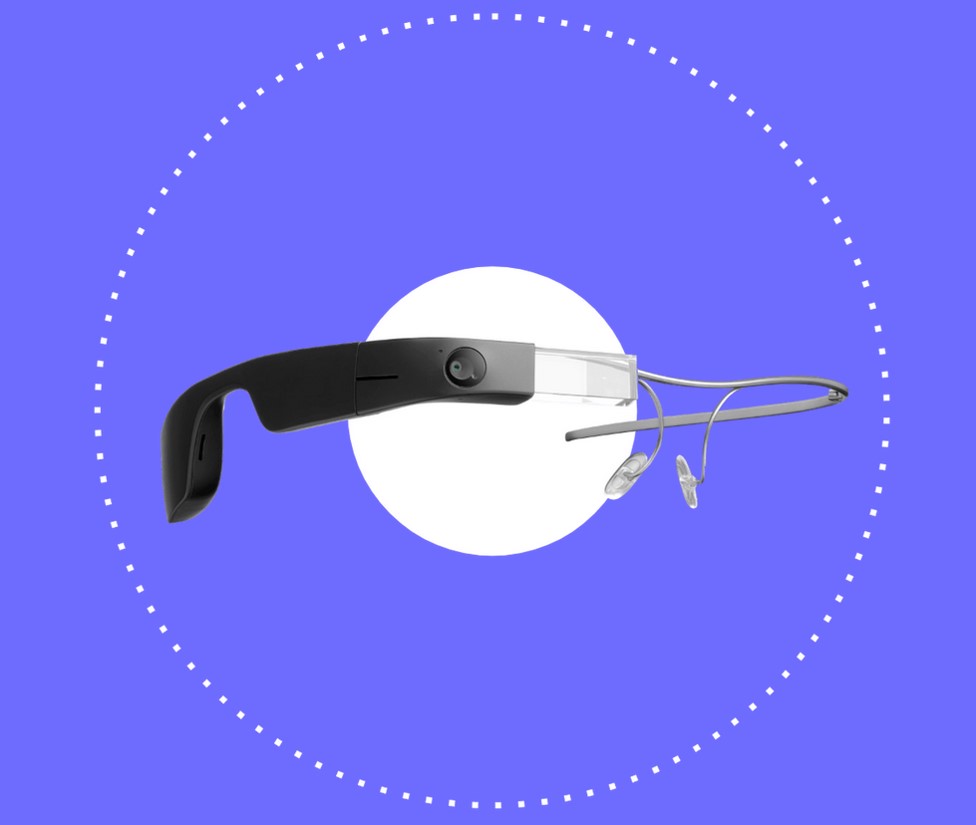Wearable Technology for Low Vision: Transforming How We Navigate the World
Wearable Technology for Low Vision: Transforming How We Navigate the World
Blog Article
Ingenious Solutions in Assistive Innovation for Visual Impairment
The landscape of assistive technology for visual problems is progressing quickly, presenting a variety of cutting-edge options that enhance accessibility and freedom. From sophisticated smartphone applications that facilitate navigating to wearable gadgets developed for real-time guidance, these devices are improving the experiences of those with visual problems. Additionally, the combination of clever home modern technologies and academic sources has the possible to foster better neighborhood engagement. The implications of these improvements increase critical inquiries concerning their access and effectiveness in varied contexts, requiring a more detailed assessment of their broader impact.
Improvements in Mobile Phone Applications
Recently, advancements in mobile phone applications have substantially changed the landscape of assistive modern technology for people with aesthetic problems. These applications utilize the effective sensing units and abilities of contemporary mobile phones to supply individuals with tools that enhance independence and ease of access in their lives.
Notable amongst these advancements are applications created for item recognition, which utilize the smartphone's camera to recognize things and supply verbal descriptions. Such attributes equip individuals to navigate their environments extra properly, whether determining products in shops or situating personal belongings at home. In addition, text-to-speech applications have actually improved drastically, enabling customers to record printed message with their gadget's camera and obtain split second audio feedback, therefore promoting analysis and comprehension.
Navigating applications tailored for aesthetically impaired customers have actually also arised, providing acoustic assistance and thorough place information. These devices offer essential assistance for movement, permitting individuals to pass through strange areas with confidence. Moreover, community-driven applications have cultivated social interaction and source sharing among people with visual disabilities, creating a helpful network that boosts their quality of life. On the whole, smartphone applications have actually come to be vital allies in promoting autonomy and access for people with visual disabilities.
Wearable Instruments for Navigation
Wearable tools for navigating have actually arised as a groundbreaking remedy for individuals with aesthetic problems, providing hands-free support that boosts flexibility and alignment. These devices generally utilize advanced technologies, including GPS, ultrasonic sensing units, and expert system, to offer real-time responses and instructions to customers as they browse their atmosphere.
One significant example of wearable navigation technology is clever glasses, which can find obstacles and relay auditory or haptic responses to the user, permitting secure and effective motion in numerous setups. Other devices, such as belts and vests geared up with sensing units, can likewise notify individuals of their environments by offering signals regarding nearby items or changes in terrain.
In addition, many wearable gadgets incorporate with mobile phone applications, making it possible for individuals to tailor their navigation choices and obtain customized course tips. This personalization can dramatically enhance the individual experience, encouraging individuals to travel with better confidence and freedom.
As technology continues to create, the potential for wearable navigation gadgets to boost the lifestyle for people with visual impairments stays significant, leading the way for more comprehensive and accessible environments.
Smart Home Innovation Assimilation

In addition, wise home appliances geared up with tactile interfaces or acoustic comments offer intuitive communications that provide particularly to the needs of those with aesthetic problems. Wise refrigerators can reveal their materials and expiry dates, while smart stoves can assist users through the food preparation process with audio guidelines.
Home automation systems, such as wise buzzers and safety cams, offer tranquility of mind by enabling customers to obtain signals and access live feeds using their smart phones, boosting personal security (AI-powered visual aids). In addition, combination with smart devices and tablet computers makes sure that users can handle their home setting from anywhere within their facilities
As clever home modern technology remains to progress, it holds the potential to transform the living experiences of people with visual disabilities, cultivating independence and enhancing quality of life in a progressively linked world.

Educational Equipment and Resources
Accessibility to effective academic devices and resources is important for people with visual disabilities, as it encourages them to engage completely in their discovering experiences. Various assistive innovations have actually been created to enhance ease of access and foster independent discovering. Display readers, for instance, convert text right into speech, permitting pupils to access digital content perfectly. AI-powered visual aids. Furthermore, refreshable braille display screens give tactile feedback, making it simpler for learners to communicate with composed product.
Moreover, educational software especially made for aesthetically damaged individuals provides features such as high-contrast modes Get More Info and personalized message dimensions. These tools accommodate varied understanding designs and make sure that trainees can tailor their educational experience to their demands.
Moreover, access to audio books and virtual libraries increases the series of available learning products, allowing students to discover topics extensive without the constraints enforced by conventional print resources. Joint systems that incorporate accessibility attributes also promote team projects, making certain that aesthetically impaired pupils can his explanation contribute meaningfully along with their peers.
Neighborhood Assistance and Interaction
A durable network of area support and engagement is essential for people with aesthetic impairments, promoting an inclusive atmosphere where they can thrive. Area organizations, neighborhood advocacy teams, and volunteers play a critical duty in supplying resources, information, and companionship, which are crucial for enhancing the lifestyle for those affected by aesthetic problems.
Interaction activities such as workshops, get-togethers, and assistance teams not just assist in skill development but additionally advertise social communication, minimizing feelings of isolation. These initiatives encourage people to share experiences, obstacles, and successes, consequently strengthening community bonds. In addition, partnerships with local organizations can cause higher ease of access in public rooms, additionally integrating people with visual impairments right into the neighborhood.
Modern technology additionally improves community involvement with online systems that provide virtual assistance teams and sources, enabling individuals to link despite geographical obstacles. By harnessing both digital and in-person options, communities can develop an extensive assistance network. Eventually, cultivating collaboration amongst various stakeholders-- including family members, teachers, and medical care professionals-- makes sure that people with visual problems receive the alternative assistance necessary to navigate day-to-day live efficiently and with self-respect.
Conclusion
Ingenious options in assistive innovation for visual disability considerably enhance the high quality of life for individuals facing these challenges. The assimilation of smart device applications, wearable tools, clever home innovation, and academic tools fosters better freedom and access.
The landscape of assistive innovation for visual impairment is evolving swiftly, offering a variety of innovative solutions that boost availability and self-reliance. Community-driven applications have cultivated social interaction and resource sharing amongst individuals with visual problems, producing a supportive network that boosts their high quality of life. In general, smart device applications have actually ended news up being essential allies in advertising autonomy and accessibility for people with visual problems.
Numerous people with aesthetic impairments are locating higher freedom with the assimilation of wise home technology.Ingenious services in assistive technology for aesthetic problems considerably enhance the top quality of life for individuals encountering these challenges.
Report this page